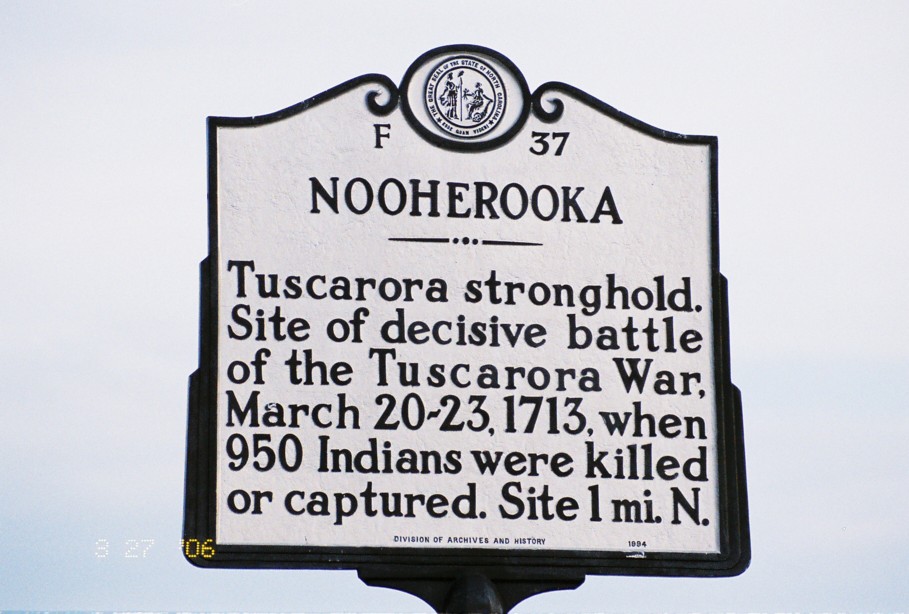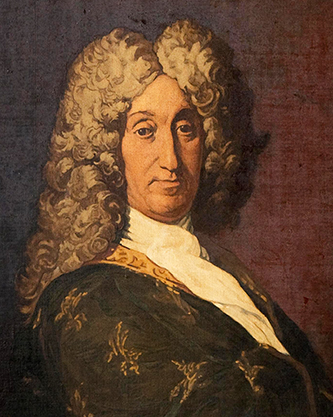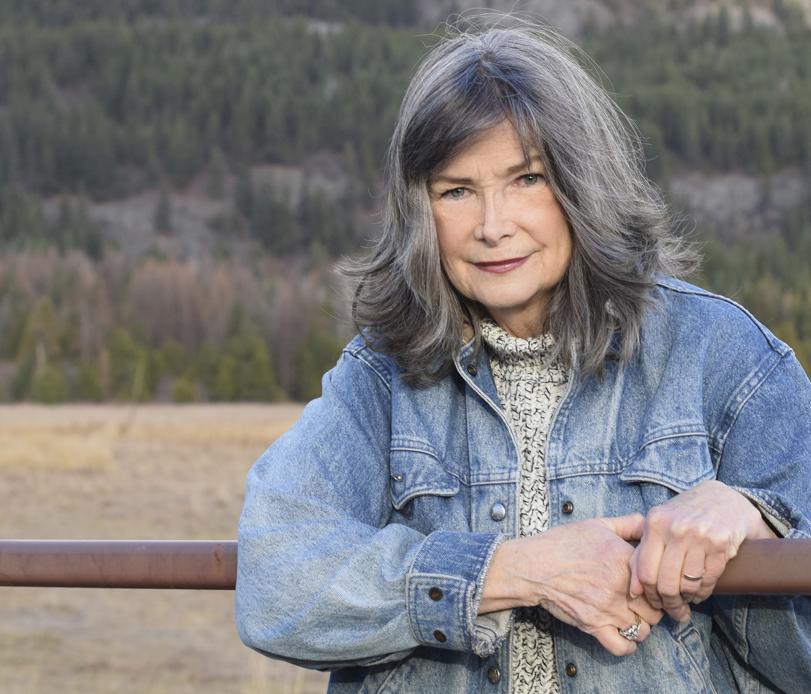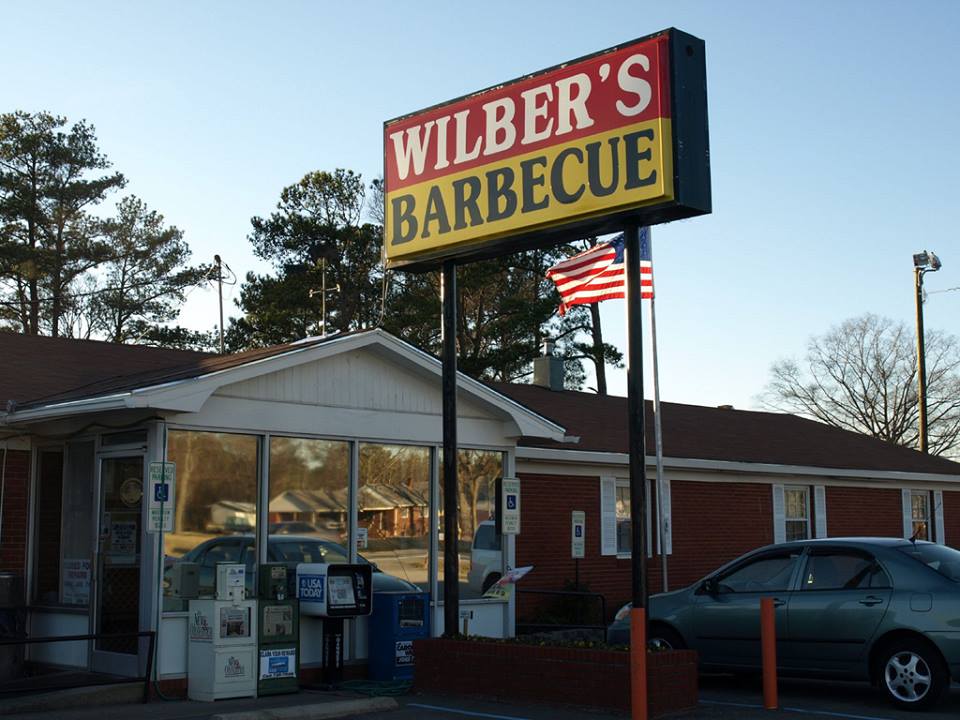There is a secret about North Carolina’s early colonial days, something even more disturbing and horrifying than traditional slavery.

Fort Neoheroka historical marker near Snow Hill, North Carolina
I learned about it reading UNC-Wilmington professor David La Vere’s “The Tuscarora War: Indians, Settlers, and the Fight for the Carolina Colonies.” That book interested me because I want to learn more about the 18th-century explorer, John Lawson, one of the “The Tuscarora War’s” main characters. I am studying Lawson to get ready for the upcoming publication of another book about him, “A Delicious Country: Rediscovering the Carolinas along the Route of John Lawson’s 1700 Expedition” by Scott Huler, senior staff writer at Duke Magazine.
What does all this have to do with this dark secret? Keep reading to the end.
La Vere sets out in detail the background for the Tuscarora War that began in 1711. In the late 1600s and early 1700s, North Carolina was sparsely settled, mainly by Virginians moving south onto the lands around the Albemarle Sound. They encountered small groups of Indians and were generally able to subdue them.
However, to the south and west, the mighty Tuscarora Indian strongholds stood as a barrier. They were, writes Le Vere, like a “cork” that capped settler expansion.
Meanwhile Lawson’s glowing descriptions about his travels in the colony sparked the interest of the Lords Proprietors, who owned the colony and were looking for ways to encourage settlement. Lawson met a minor Swiss noble, Christopher de Graffenried. They worked out a plan with the Lords Proprietors in England to transport groups of poor German refugees and Swiss paupers to lands along the Neuse River near today’s New Bern.

A 20th Century copy by Robert K. Ryland of a portrait of Baron Christoph Von Graffenried
La Vere writes that after overcoming great odds, “De Graffenried’s colony of Swiss and German Palatines at the mouth of the Neuse River was thriving, expansion up the Neuse seemed a real possibility.”
Therefore, Lawson and Graffenried made a trip up the Neuse, through Tuscarora lands to scout sites for future settlements.
“All the while, the Indians grew more worried and angry as the abuses against them escalated and their complaints fell on deaf ears. That spark came in mid-September 1711,” according to La Vere, with this trip up the Neuse.
The local Tuscarora king or chief, offended and threatened that his territory had been invaded, captured Lawson and Graffenried and put them on trial for their lives. When one of the more radical Indian leaders berated him, Lawson lost his temper. “He argued back, his anger and sarcasm apparent to all.”
Lawson was doomed and shortly executed. Graffenried remained in custody while the Indians planned and carried out their first attacks on September 22, 1711, appearing at first as friendly visitors to the settlers’ farms and then striking suddenly from ambush when the defenses were down.
North Carolina’s efforts to beat back the Tuscaroras were unsuccessful. The colony had not enough manpower, firepower, or money. Help finally came from the wealthy sister colony to the south. South Carolina sent two expeditions to relieve its northern neighbor.
Hold on, we are close to the dark secret.
The first expedition led by John Barnwell set out with a force of about 700 men. Only 35 were regular militia. The rest were Indians. The results were mixed, and the Tuscaroras remained a threat. The second expedition led by James Moore, made up of 113 militia and 760 Indians, wiped out the Tuscarora at their stronghold at Neoheroka, near present day Snow Hill in Greene County, and unplugged the Tuscarora “cork” on settlement in the interior of North Carolina.
Why did South Carolina so enthusiastically aid its neighbor? Why did South Carolina Indians provide the critical manpower?
Writes La Vere, “Above all, it was a chance to enrich oneself by looting the Tuscarora towns and taking slaves, which they could sell to waiting South Carolina traders for guns and merchandise.”
North Carolina’s early colonists secured their colony by facilitating and participating in the enslavement and sale of captured Tuscaroras by South Carolina Indians.
That is history’s dirty secret.







